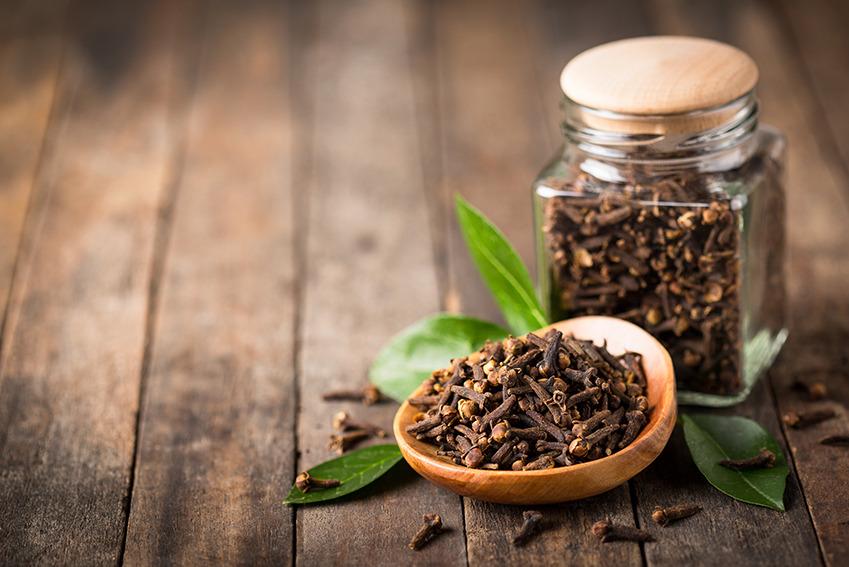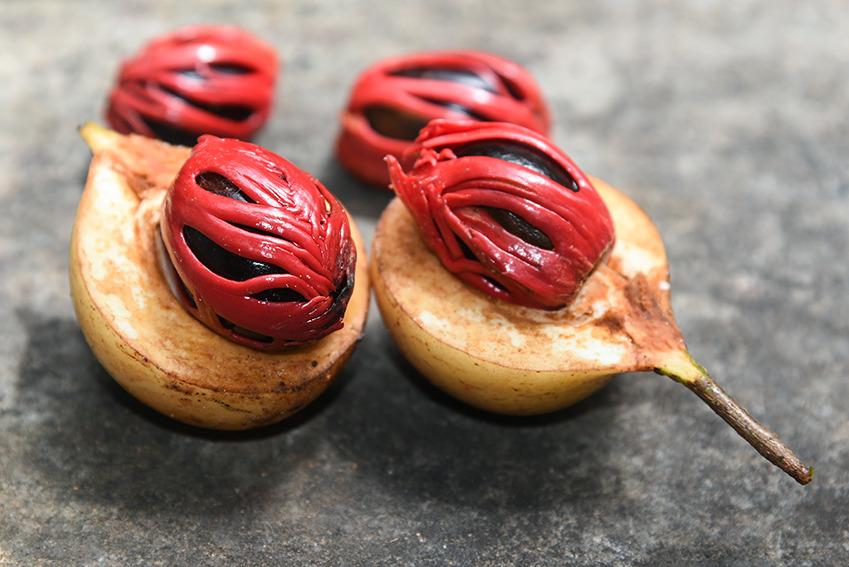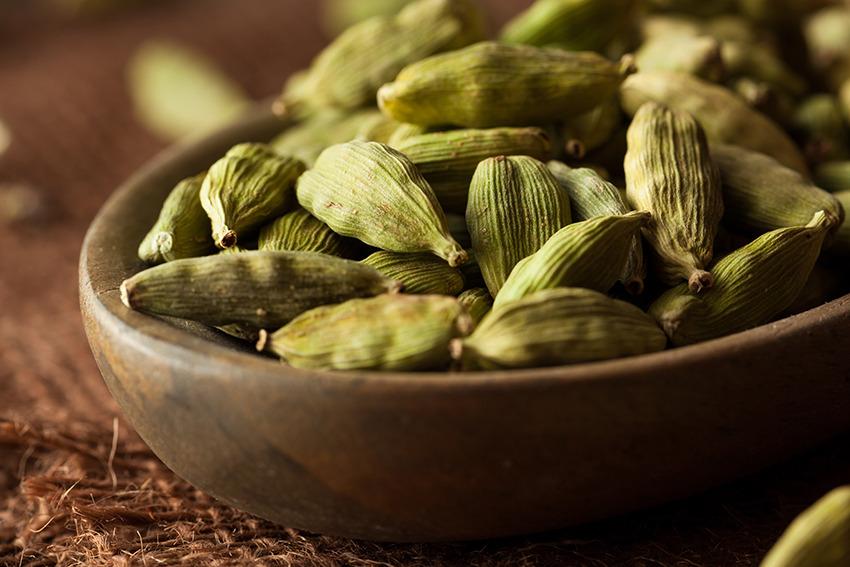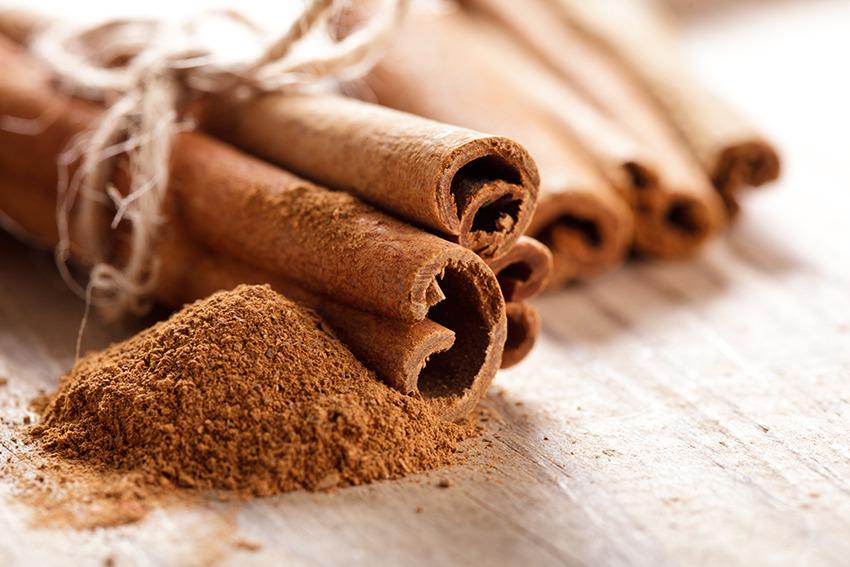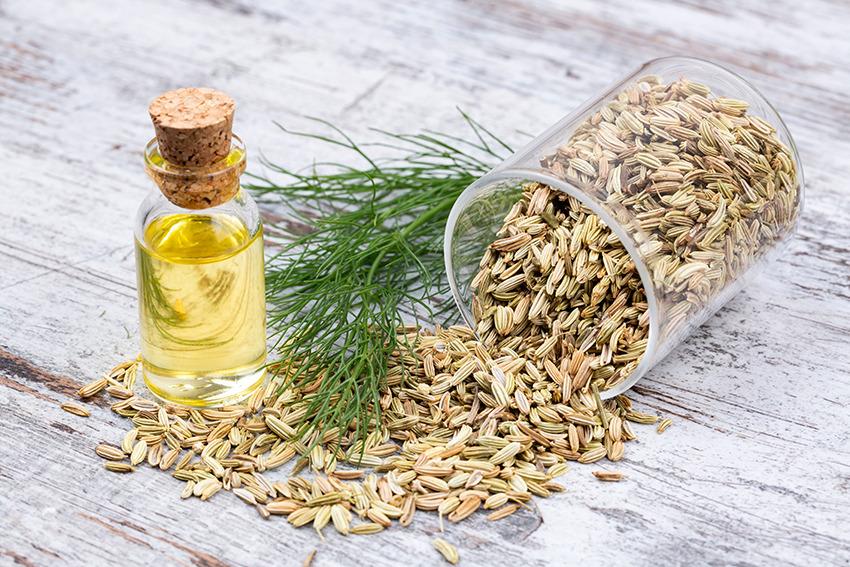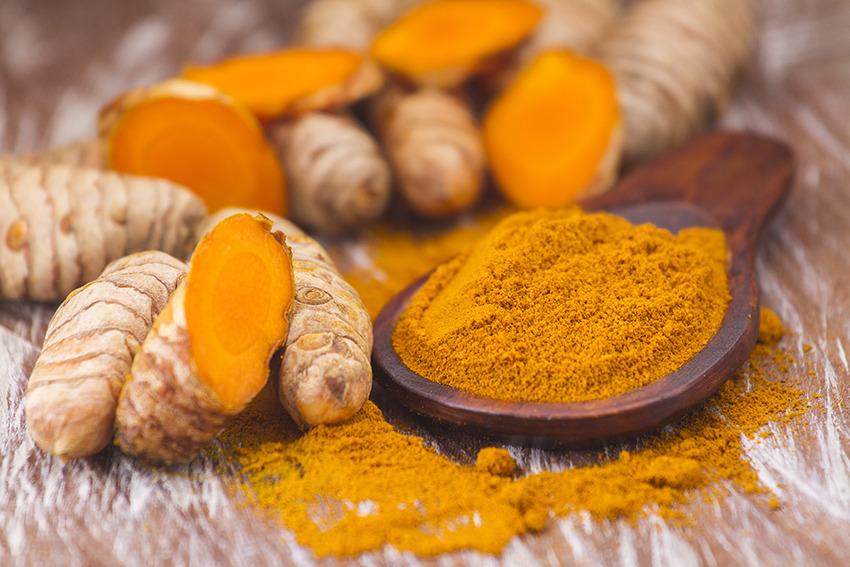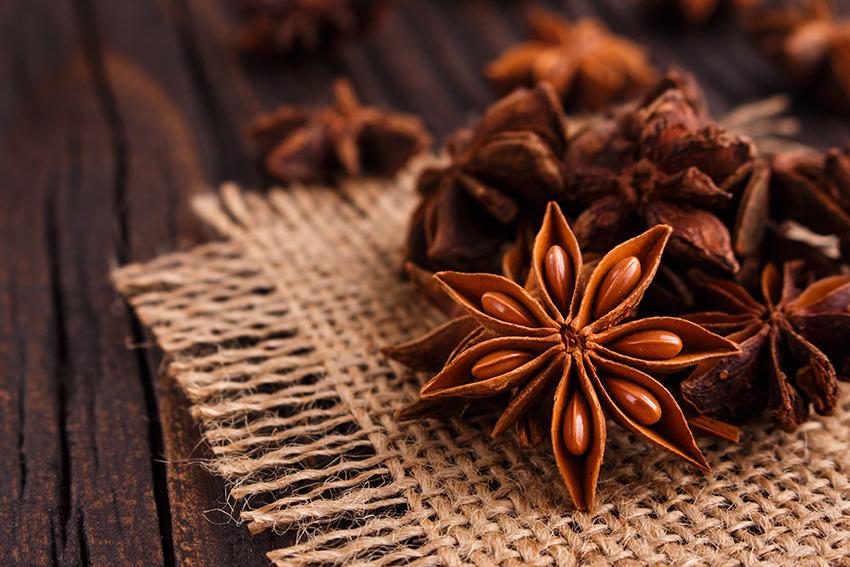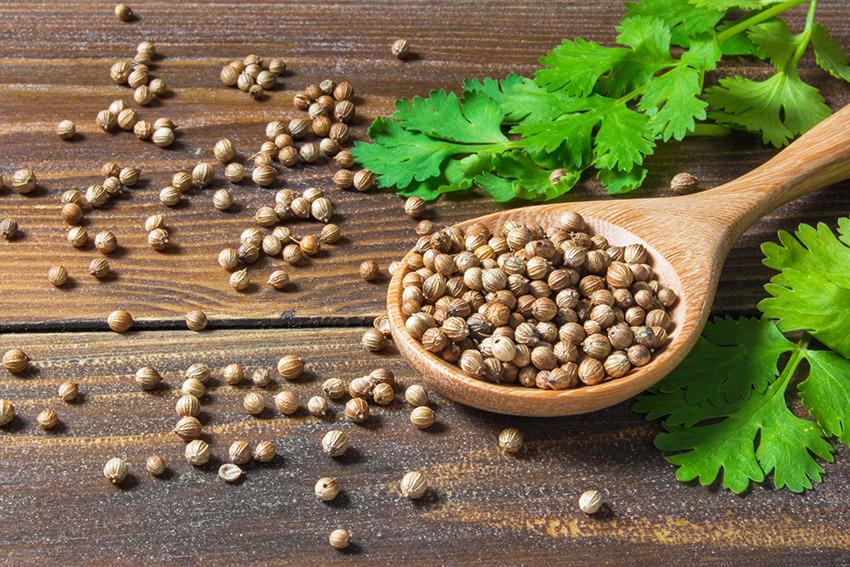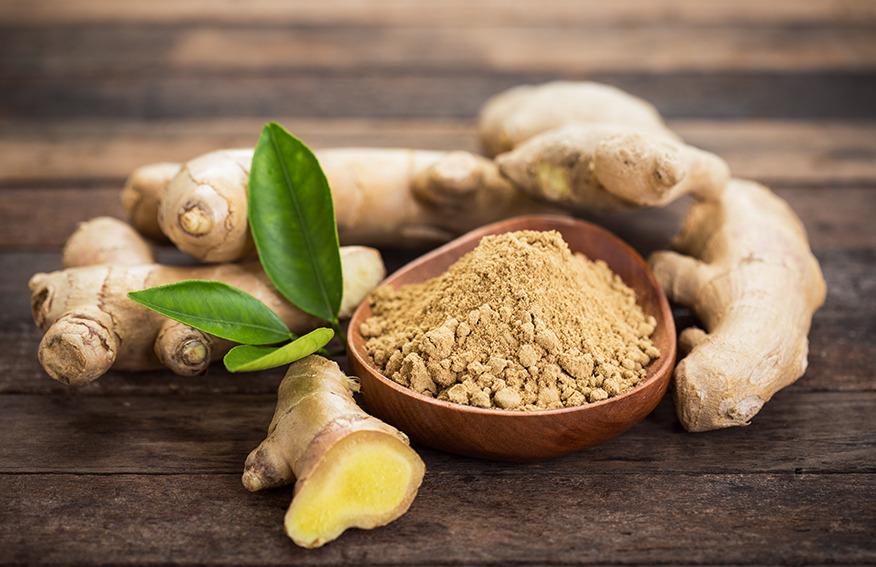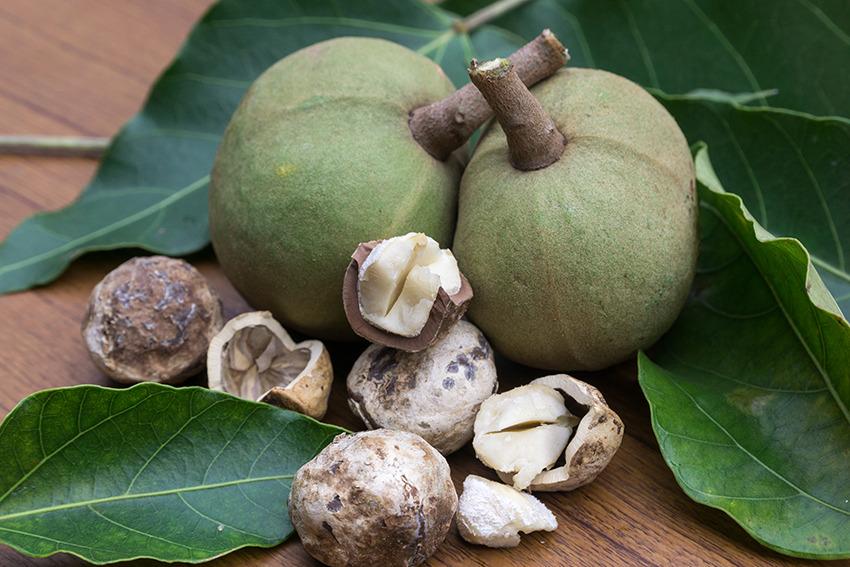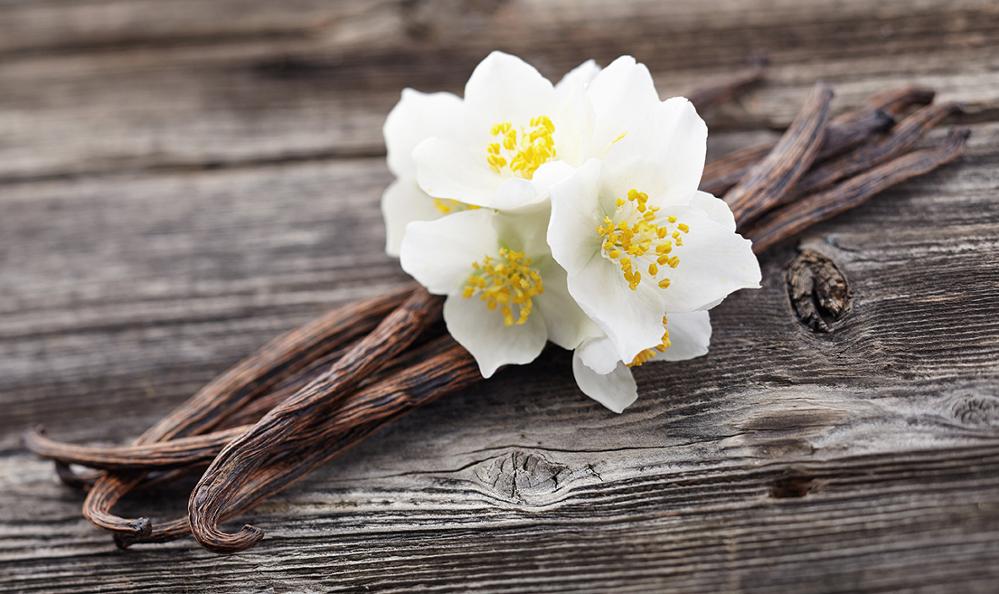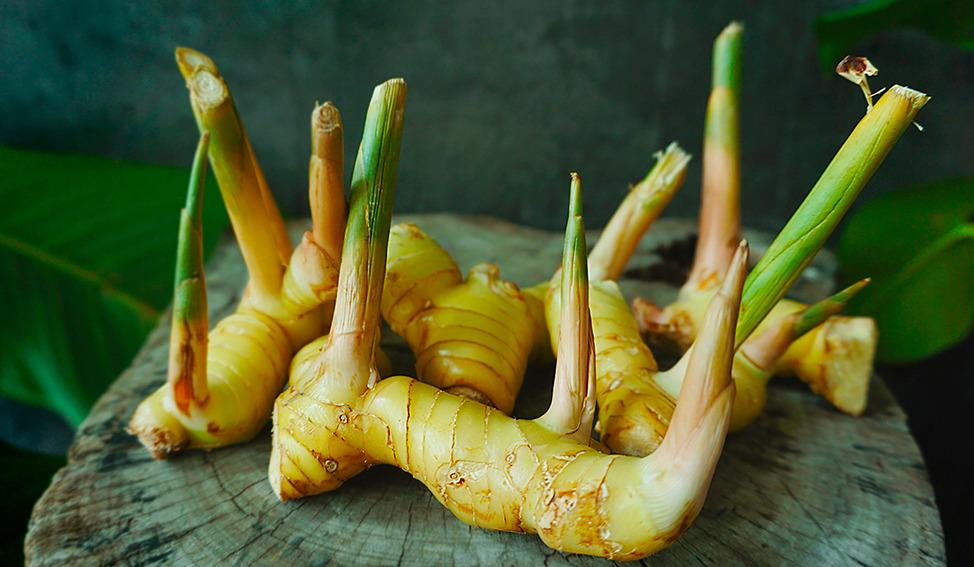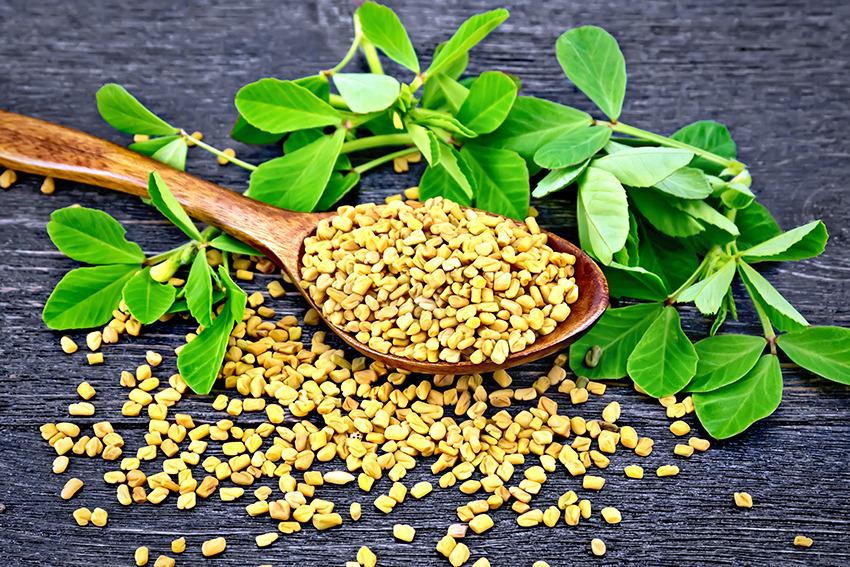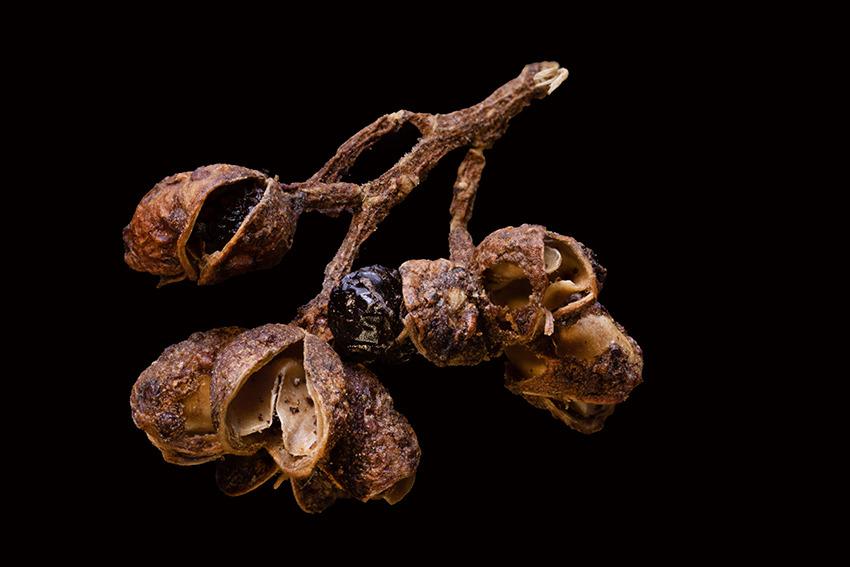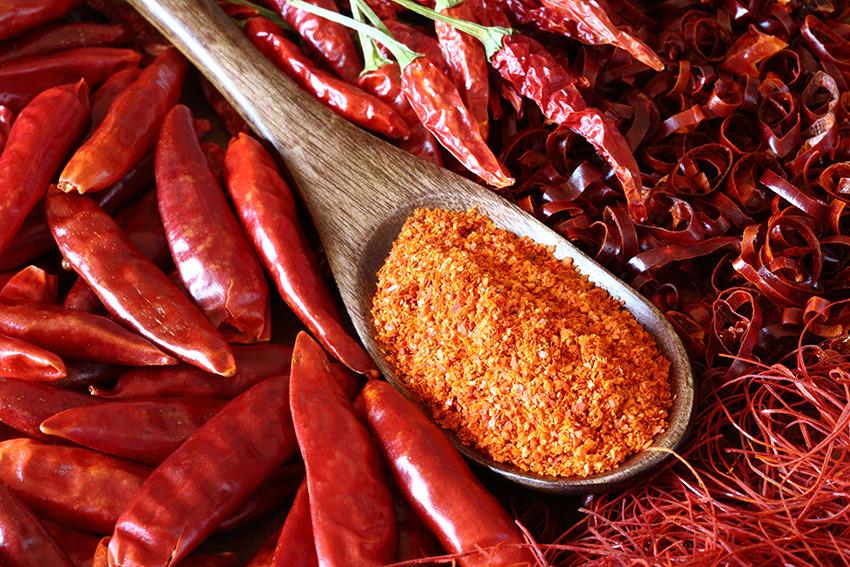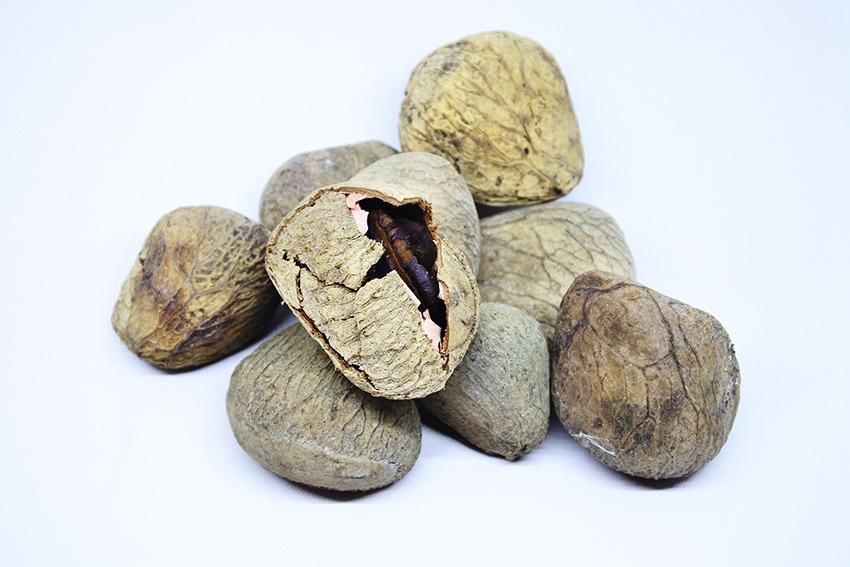
Indonesian spices
As you probably know, Indonesia is one of the largest spice producing countries in the world. Known for its arts and diverse cultures, the Indonesian archipelago is also renowned for the great variety and quality of its spices, an integral part of the history of this young nation.
A little history
The Portuguese were the first Europeans to take an interest in Moluccan spices and, between the 16th and early 17th centuries, they competed with the Spanish for control of the spice market. It was then the Dutch who conquered the monopoly of this profitable market.
Spices were in fact, at the time, the main and most valuable commodity, and prices sometimes reached – or even exceeded – that of gold! For what ? Because spices have important virtues, particularly for health. In the past, spices were very popular among Europeans because they warmed the body in winter. We also know that spices were already used at the time of the Egyptian pharaohs (cinnamon, pepper and cloves in particular) for the preservation of mummies. Spices are also widely used in cuisines around the world.
The countless Indonesian spices
Here is a description of the main spices of Indonesia, which will, I hope, make your mouth water.
Clove (Cengkeh in Indonesian)
Clove is a spice originating from the Moluccas (Ternate & Tidore), which sometimes exceeded the price of gold in Europe. For the record, the tradition in the Moluccas is to plant a clove tree each time a child is born, because it is believed that it promotes the growth of the newborn.
The Moluccas are currently the world's largest producer of cloves, and other production areas are located in North Sulawesi, Aceh, West Sumatra, Lampung and Central Java.
Clove is probably the oldest spice, having been known and used for thousands of years, well before the Christian era.
In addition to cooking, clove is also used as an allergy medicine. This spice actually contains many substances that are included in the composition, for example, anti-inflammatories, antibiotics and essential oils. It is therefore with clove that we treat toothache, inflammation and disorders of the digestive system. It can also remedy sinusitis. This spice is also good for the skin, as it helps in removing spots on the face and healing wounds caused by acne.
In cooking, cloves are generally used to enhance flavors, like in curry, for example. Middle Eastern dishes are very often garnished with it. It can also be used as a decoration on cakes, and, in certain regions of Indonesia, its powder is mixed with coffee to refine its aroma.
Nutmeg (Pala)
Nutmeg (nutmeg) is grown on fertile and dry soil, mainly in the north and south-east of Sulawesi, in Bengkulu (Sumatra), in Papua and of course in the Moluccas (notably in the Banda archipelago, where it comes from). Indonesia is the world's third largest producer of nutmeg.
In the past, the Arabs traded nutmeg with Europe at the arrival of winter, because this spice was considered an excellent meat preservative. It was therefore very popular, and when the Dutch discovered the Banda archipelago, the English were quick to confront them to monopolize this trade. At the time of the Black Death, nutmeg was in such demand that its price could exceed that of gold, and it is even said that certain sailors, returning from the islands and who had managed to conceal some, could buy themselves a castle with the profits made.
Nutmeg contains calcium and magnesium, which are excellent for bone growth and overall body health. It also warms the body, preserves metabolism and contributes to the natural detoxification process.
Nutmeg also contains an essential oil that significantly reduces cancer cells in the blood. This spice is also excellent for the skin and blood circulation.
In cooking, nutmeg is used to flavor meats, soups, etc. Mixed with hot drinks, it warms the body and is just as effective in eliminating bad odors from certain ingredients (fish, etc.).
Pepper (Lada, Merica)
Brought from India well before our era, pepper is known in two forms: black pepper and white pepper. The Indonesian archipelago is the second largest producer of pepper in the world (80% of production is exported), and the province of Lampung (Sumatra) is known as the largest producer of black pepper. White pepper is mainly grown in the Bangka region. The other producing provinces are: Aceh, Jambi, West & East Kalimantan, Lampung, Lesser Sunda Islands, South & Southeast Sulawesi, North & South Sumatra, as well as Yogyakarta. Indonesians are quite fond of white pepper.
Pepper warms the body and is effective against colds, flu, headaches and stomach aches. Its aroma – pleasant but strong – is also used to treat the flu. And pepper is of course one of the main ingredients in culinary dishes around the world.
Cardamom (Kapulaga)
Cardamom (cardamom) is grown mainly in West and Central Java, as well as South Sumatra. It is considered one of the most expensive spices in the world after saffron and vanilla, the price of which is set at the same level as that of gold in current international trade. Its seeds and roots are not only used regularly in cooking and baking, but also in medicine, because it has the virtue of curing stomach spasms.
Cardamom is also found in India, Bhutan, Bangladesh and Nepal, as Central Asian cuisines love it. There are actually two types of cardamom: Javanese cardamom and Indian cardamom. Black cardamom is generally used to make curry, while green cardamom is used to make coffee, tea and biscuits.
In Indonesia, there is even a beer (pletok) made with cardamom!
Cinnamon (Kayu Manis)
Originally from the region of the Kerinci volcano (between Jambi and West Sumatra), cinnamon (cinnamon) is a type of wood whose aroma is lively with that typical spicy and sweet taste when cooked. Cinnamon is mainly grown in West Sumatra, Jambi and Yogyakarta.
There are four kinds of cinnamon: Ceylon, Cassia, Saigon and Korintje. Indonesia is the main producer of Cassia cinnamon, a type of cinnamon that is very fragrant, spicy and quite bitter.
Indonesian cinnamon is known under two names: “Kerinci” (cinnamon produced around Mt Kerinci - in the province of Jambi) and “Verra” (cinnamon grown in other regions of Indonesia). The main importers of Indonesian cinnamon are the United States (46%), the Netherlands (11%), Germany (4%) and Singapore (4%).
This spice subtly flavors your cappuccino, for example. It is also used in traditional medicine because it contains many substances such as eugenol, calcium oxalate, fat and asparagine. Cinnamon helps control blood sugar (a study showed that adding cinnamon to desserts reduces blood sugar without eliminating the sweet taste), relieves headaches and prevents infections, such as rheumatism.
Lemongrass (Serai)
Shaped like a thick-skinned herb, colored yellow or green, lemongrass is part of the grass family and is often used in cooking. Apart from its repellent effect on mosquitoes, this spice is also used as an essential oil to, among other things, improve digestion, moisturize and nourish the skin, as well as eliminate body odor.
Lemongrass is of course used in cooking and, in Indonesia, it often flavors dishes such as rendang, soups, rawon, etc.
Fennel (Adas)
Baby oils are mainly made from fennel seeds. In cooking, fennel is often mixed into salads and used as a substitute for celery in soups.
Fennel oil is an excellent anti-inflammatory, diuretic and antimicrobial. In herbal medicine, this spice treats digestion, nausea, diarrhea, jaundice, lack of appetite, coughs, asthma, hernias, insomnia, kidney stones, rheumatism and even vision. Fennel further helps increase the volume of breast milk and relieves menstrual pain.
Turmeric (Kunyit)
The dried rhizome of an herbaceous plant, turmeric (curcuma, turmeric) is closely related to ginger. This spice is also sometimes called "Indian saffron" because of its orange color. Turmeric is grown mainly in Java and is often used as a natural coloring in cooking, especially in curry dishes. In Indonesia, turmeric is associated in particular with typical dishes such as rendang or gulai.
Medicinally, turmeric's main benefit is to treat stomach aches and digestion problems, but it is also used to improve breathing and soothe severe itching. This spice is also applied as an antiseptic for skin abrasions or cuts.
Chinese star anise or star anise (Bunga Lawang)
Chinese star anise flowers, with their strong, distinctive odor, are used to enhance the flavor of foods, just like cinnamon and cloves. In India, star anise is mixed into curry dishes, and it is also found in Vietnamese, Thai and Indonesian dishes. In Indonesia, for example, gulai and rendang, and generally Javanese and Balinese dishes, use star anise the most.
The taste is similar to anise, and star anise oil is excellent for your health.
Coriander (Ketumbar)
Coriander (coriander) is one of the most popular spices in Indonesia and has a similar appearance to pepper. His skin is just a little coarser and smaller. It grows in plains and mountainous regions.
In Indonesia, we use coriander like we use celery in cooking. Reduced to powder, it has the virtue of thickening flavors, especially in curry dishes or in spicy sauces. In terms of health, coriander relieves bloating and promotes intestinal transit. It also seems that this spice facilitates breastfeeding.
Ginger (Jahe)
Ginger was often eaten by soldiers of the East India Company during the colonial era to warm their bodies. Hence its popularity in Europe. Moreover, in medieval times, ginger was used in the composition of beer, in order to enhance its aroma.
In Indonesia, the main production centers are located in Java, Sulawesi, North Sumatra and Lampung. There are three kinds of ginger: white ginger (jahe emprit) for traditional herbal foods and drinks; yellow ginger (jahe gajah) for food; and red ginger for medicines and to make ginger oil. There are almost 90 kinds of ginger in all.
The dominant taste of ginger is due to a ketone compound (zingeron) and its virtues are numerous: the spice prevents colon cancer, heart disease, rheumatism, digestive problems, as well as certain nausea.
Ginger is also delicious as an infusion or mixed with tea or coffee. In Indonesia, one of the most popular drinks is wedang jahe, which can be found in sachets in supermarkets.
Bankcoil nuts (Kemiri)
Originally from the Moluccas and known by various names in Indonesia, the candlenut enhances the salty flavor of certain dishes. This spice is mainly produced in Central and West Sulawesi, as well as Sumbawa. In these regions, cocoanut is often substituted for coconut milk in vegetable dishes, because it contains a lot of oil.
The cocoanut has a high content of phosphorus and calcium, and its oil is used to make hair grow and thicken it. This nut is also used to relieve canker sores and toothaches, and as a medicine to treat diarrhea.
In cooking, cocoanut is used to thicken sauces, particularly in soto and rawon. This nut also attaches the spices to the other ingredients.
Vanilla (Vanila)
Indonesian vanilla (vanilla) is one of the most notable. Most of the pods grown on the islands are of the Planifolia type, i.e. sweet, prickly and oily.
Climate, soil properties and processing methods help give vanilla a unique smoky taste with earthy undertones. It is a very popular bean for desserts, chocolates and caramels. Smokiness, which pairs so well with sweets, also gives an unexpected boost to savory dishes like barbecue sauces, curries, brown butter and cream sauces.
Cumin (Jinten)
Cumin (cumin) usually grows in cool regions or mountains. This spice is often mixed with coriander to flavor meat dishes. And, like coriander, cumin oil can be used to make liqueurs. Cumin seeds are fragrant, with a slightly spicy taste. Cumin is also used to warm the body and promote digestion.
Tamarind (Asam)
There are two types of tamarind. Asam kandis has a sour taste, while the skin of the fruit has a chelated taste. It is used in jams, curries and to pickle fresh fruit. This type of tamarind is very popular in Sumatran dishes, such as the famous pindang. Tamarind is also used as a natural coloring agent.
Imported from India a very long time ago, asam Jawa is a kind of sour fruit, commonly used as a spice in many Indonesian dishes to compensate for the acidity of certain foods. We therefore find it in vegetables or in pempek soups.
Camphor Galangal (Kencur)
The rhizome of galangal (galangal) contains essential oils and alkaloids that are used as stimulants. This spice grows easily on plateaus where the soil is loose. Medicine has shown that galangal has many benefits, including treating colds, ulcers and coughs.
Fenugreek or trigonella (Kelabat)
Fenugreek (fenugreek) is very regularly used in Indian, Pakistani and Sri Lankan dishes. In Indonesia, this spice is popular in Aceh, especially in curry dishes. Fenugreek leaves are used medicinally and its seeds for cooking. Roasted, these give off a beautiful fragrant aroma.
Andaliman (Andaliman)
Originally from North Sumatra, Andaliman (andaliman) comes from the outer skin of the fruit of several species of plants belonging to the zanthoxylum family. This spice is better known under the name “batak pepper”. Andaliman has a mild but "biting" citrus scent, which causes a dry or numbing sensation on the tongue, although it does not "warm" as much as chili or pepper. This sensation of “electric shock” on the tongue is due to the presence of hydroxy-alpha-sanshool.
Red pepper (Cabai)
Chili peppers can be classified as vegetables or spices, depending on how they are used. Spices, hot peppers are very popular in Southeast Asia to enhance flavors. Red pepper is a plant product grown by many Indonesian farmers because its selling price is high and has several health benefits: capsaicin acts, for example, in cancer treatments. The relatively high vitamin C content of chili peppers can further meet daily requirements.
Pangium Edule (Keluak)
Pangium edule (Pangium edule) is a tree-shaped plant that grows wild or semi-wild. The Sundanese (who populate West Java) call it picung or pejung, as do the Javanese of Central Java. The flesh of this fruit, used as a spice, is dark brown in color and soft in texture. The seeds are also used as a spice in Indonesian cuisine: they give a black color to rawon, kluwek (seasoned meat), brongkos and konro soup.
Translated & adapted from Indonesian and English by Dominic Clarisse
Sources: Mikirbae, LifeBrown, Bobo & IndonesiaExpat
Many thanks to our French-speaking partner, Kubu Nature Homeware, for help writing this article. Do not hesitate to contact him ([email protected]) if you would like more information, or simply to obtain these precious Indonesian spices.
